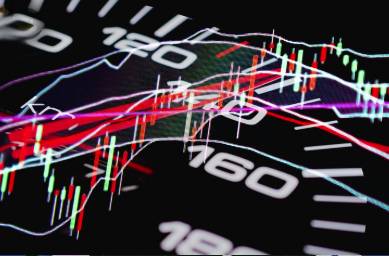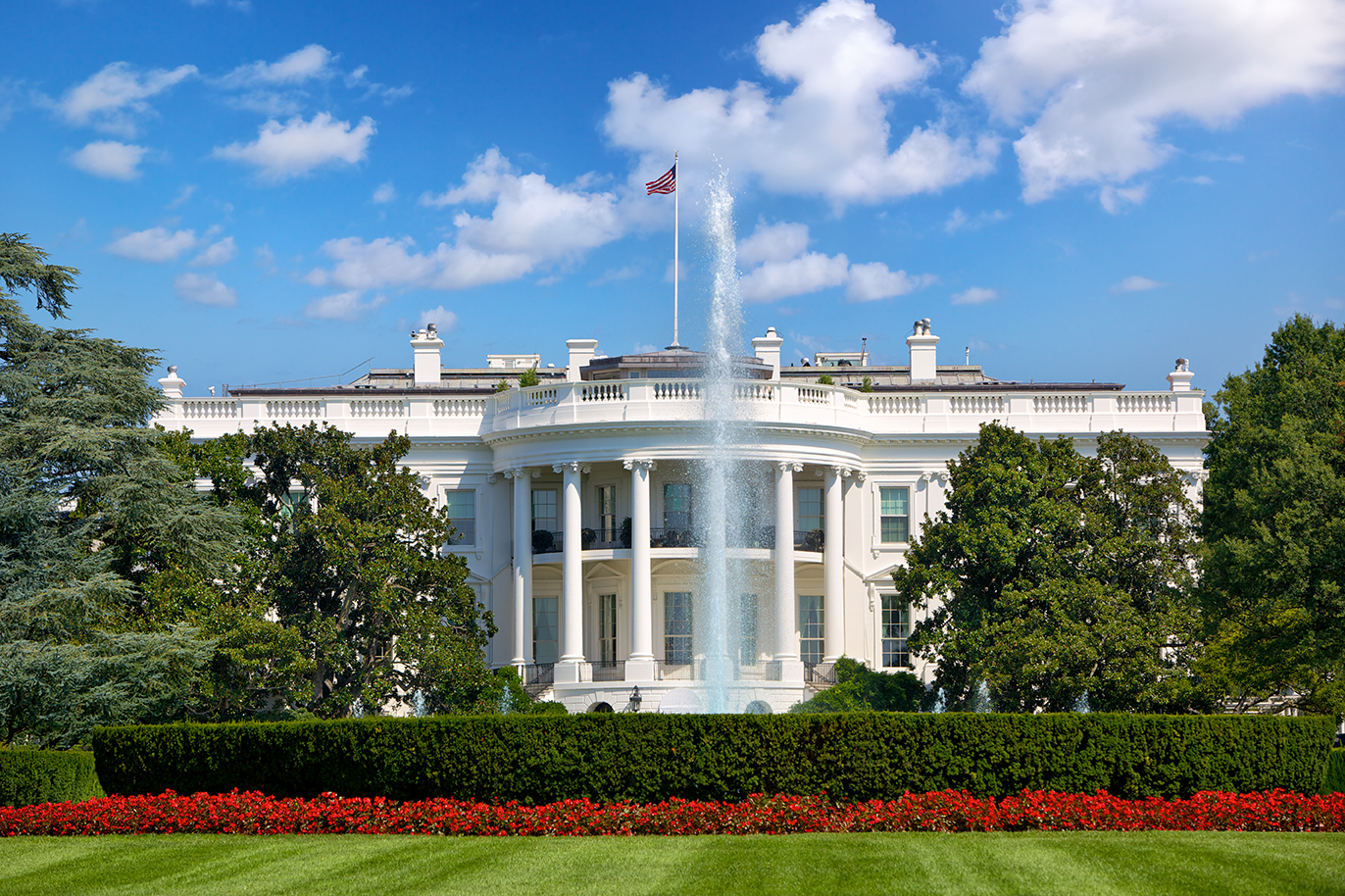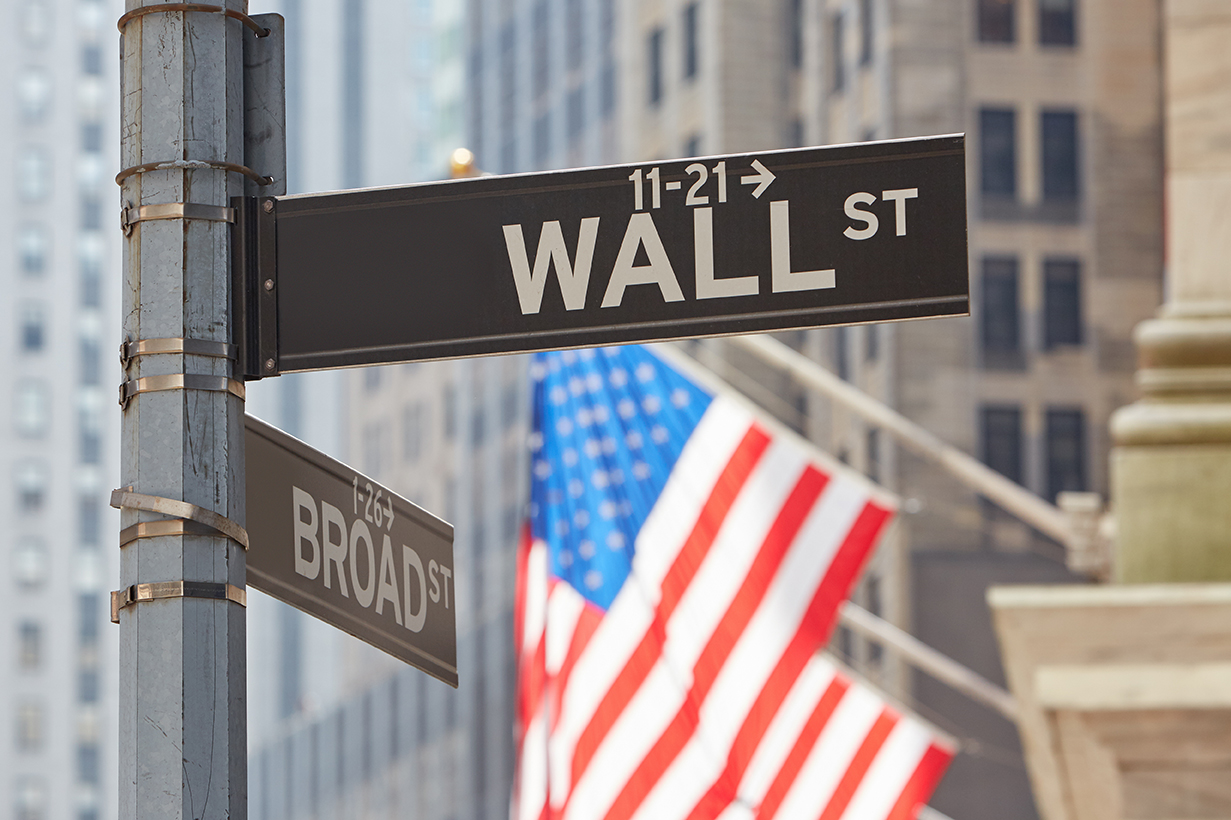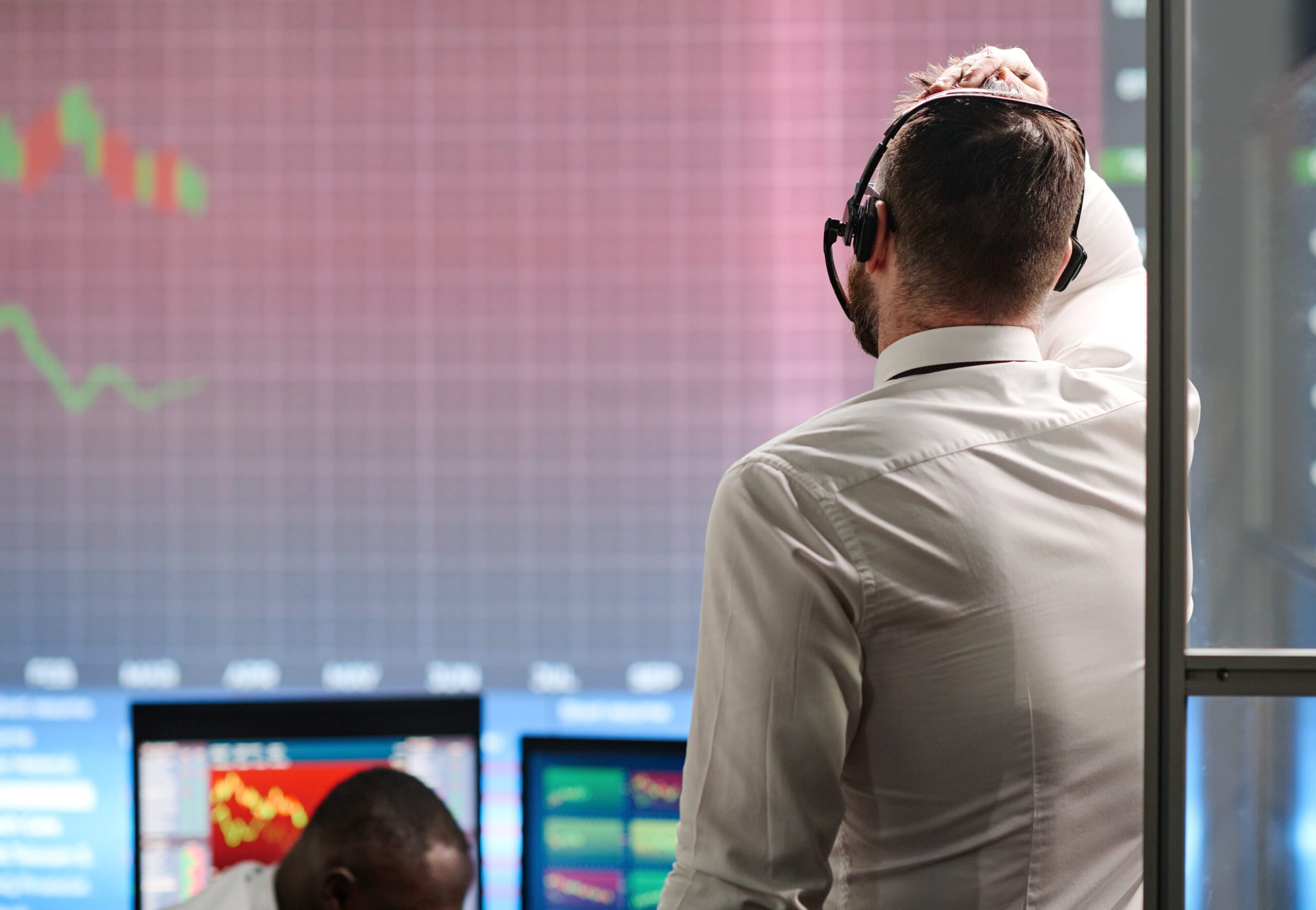Embarking on a trading career is an exciting journey filled with opportunities for financial independence and personal growth. At 8FigureTrader, we empower traders to build a sustainable future in proprietary trading through our innovative 1-step funding evaluation, robust MT4 trading platform, and trader-centric policies. This comprehensive guide explores how to create a long-term, profitable forex trading career with 8FigureTrader, offering actionable insights for US traders and global trading enthusiasts seeking a funded trading account. What Makes a Sustainable Trading Career? A sustainable trading career is built on consistency, discipline, and adaptability. Unlike short-term trading ventures that rely on luck or high-risk strategies, sustainable trading focuses on long-term profitability through effective risk management, continuous learning, and leveraging the right tools. At 8FigureTrader, we provide the ideal environment for traders to thrive, offering access to simulated capital, flexible trading rules, and a platform optimized for forex trading and beyond. Our MetaTrader 4 (MT4) platform supports a variety of trading styles, including scalping, day trading, and high-frequency trading (HFT), making it easier to develop a strategy that aligns with your long-term goals. Explore our trading rules to understand how we support sustainable trading practices. Why 8FigureTrader is the Best Choice for Long-Term Success 8FigureTrader stands out as a leading HFT prop firm by offering features designed to foster sustainable trading careers: 1-Step Funding Evaluation: Our single-phase challenge simplifies the path to a funded trading account, requiring only a 10% profit target with minimal restrictions. MT4 and MT5 Support: Trade with confidence using MT4 or MT5, both equipped with advanced charting tools and Expert Advisor (EA) compatibility for automated strategies. US-Friendly Policies: We proudly welcome US traders, providing high leverage (up to 1:500 during evaluation) and a supportive environment for building a career. Generous Profit Splits: Earn up to 85% of your profits (or 95% with scaling programs), ensuring your hard work translates into significant financial rewards. Flexible Trading Rules: With no minimum or maximum trading day requirements, you can trade at your own pace, focusing on consistency over rushed performance. Rapid Payouts: Access your earnings quickly with bi-weekly payouts processed within 1-2 business days after your first withdrawal. “8FigureTrader’s flexible rules and fast payouts have allowed me to focus on building a consistent trading strategy without the pressure of rigid timelines.” – Funded Trader Steps to Launch Your Trading Career with 8FigureTrader Starting a sustainable trading career with 8FigureTrader is straightforward. Here’s how to get started: Choose Your Challenge: Select an account size from $25,000 to $1,000,000. Sign up on 8FigureTrader’s challenge page. Develop a Consistent Strategy: Use disciplined trading techniques, such as scalping or swing trading, to meet the 10% profit target while adhering to our transparent trading rules. Complete KYC and Agreements: After passing the challenge, submit your KYC documents and funded trader agreement via your dashboard. Your account will be activated within 3 business days. Build Your Career as a Funded Trader: Trade with simulated capital, scale your account, and grow your earnings with our high-profit splits. Pro Tip: Start with a smaller account size to hone your strategy before scaling to larger allocations, ensuring long-term consistency. Key Pillars of a Sustainable Trading Career Building a lasting forex trading career requires mastering several core principles. Here’s how 8FigureTrader supports each: Risk Management: Protect your capital by adhering to our risk management guidelines, such as maintaining a maximum drawdown limit. Continuous Learning: Stay ahead with resources like our YouTube channel, offering market analysis and trading tutorials. Adaptable Strategies: Use MT4 to test and refine strategies, including scalping, day trading, or automated trading with EAs from MQL5. Mental Resilience: Our flexible trading environment reduces pressure, allowing you to focus on disciplined decision-making. Our partnership with TopFX, a regulated forex and CFD broker, ensures a reliable and transparent trading experience, supporting your long-term success. Overcoming Obstacles in Proprietary Trading Every trading career faces challenges, but 8FigureTrader is designed to help you navigate them: Market Volatility: Use MT4’s advanced charting tools to analyze trends and manage risks during volatile market conditions. Payout Delays: Our streamlined payout process ensures you receive earnings within 1-2 business days. Contact our support team for any issues. Regulatory Barriers for US Traders: We welcome US residents, offering a seamless onboarding process and high leverage for evaluations. Technical Issues: Our platform is optimized for stability, and our support team is available via email and live chat to resolve any disruptions. “I struggled with consistency early on, but 8FigureTrader’s resources and flexible rules helped me develop a sustainable trading plan that works.” – Verified Trader Why US Traders Trust 8FigureTrader US traders face unique challenges due to strict regulations, but 8FigureTrader offers tailored solutions: US-Friendly Environment: We provide US traders with access to MT4 and competitive trading conditions. Affordable Entry: Challenge fees start at $189 for a $25,000 account, with discounts like FLASH090 offering up to 50% off. Scaling Programs: Grow your account size as you demonstrate consistent performance, unlocking larger trading allocations. Our commitment to transparency and trader success makes us the go-to prop firm for US-based traders. Expert Tips for a Lasting Trading Career Maximize your potential with these strategies for sustainable success: Prioritize Risk Management: Use stop-loss orders and maintain a risk-reward ratio of at least 1:2 to protect your capital. Leverage Technology: Deploy Expert Advisors on MT4 to automate repetitive tasks and improve efficiency. Stay Educated: Watch our YouTube tutorials for insights on market trends and trading techniques. Engage with the Community: Join our trading community to share strategies and learn from other funded traders. Pro Tip: Keep a trading journal to track your performance and identify patterns, helping you refine your strategies over time. Start Your Trading Career with 8FigureTrader Ready to build a sustainable trading career? 8FigureTrader offers a supportive, transparent platform to help you succeed. Our 1-step funding evaluation, MT4 platform, and fast payouts create the perfect environment for long-term profitability. Whether you’re new to trading or an experienced professional, we provide the tools and resources to achieve your financial goals. Visit 8FigureTrader to register for your challenge today. Have questions? Contact our support team or explore our community resources for expert guidance. Conclusion Building a sustainable trading career with 8FigureTrader is within your reach. Our proprietary trading platform, powered by MT4 and backed by a 1-step funding evaluation, empowers you to achieve consistent, long-term success. Join thousands of traders who have transformed their financial futures with 8FigureTrader. Take the first step today and start your journey with the leading HFT prop firm—8FigureTrader.
Master High-Frequency Trading with 8FigureTrader’s Prop Firm Solutions
Welcome to the fast-paced world of high-frequency trading (HFT), where precision, speed, and strategy converge to unlock significant earning potential. At 8FigureTrader, we empower traders worldwide, including US residents, to excel in proprietary trading through our innovative 1-step funding evaluation and robust MT4 and MT5 trading platform. In this comprehensive guide, we’ll explore how to succeed in HFT, the benefits of trading with a leading HFT prop firm, and why 8FigureTrader stands out as the top choice for aspiring funded traders. What is High-Frequency Trading (HFT)? High-frequency trading is a cutting-edge approach that leverages advanced algorithms and automated systems to execute trades at lightning speed. Unlike traditional trading, HFT relies on Expert Advisors (EAs) and low-latency technology to capitalize on small price movements in forex trading, commodities, indices, and cryptocurrencies. This method is ideal for traders seeking to maximize profits with minimal holding times. At 8FigureTrader, we support HFT by offering access to the MetaTrader 4 (MT4) and MetaTrader 5 (MT5)platform, which allows seamless integration of EAs for automated trading. Our 1-step funding evaluation simplifies the path to becoming a funded trader, enabling you to trade with up to $1,000,000 in simulated buying power. Learn more about our trading rules to get started. Why Choose 8FigureTrader for Proprietary Trading? As a premier HFT prop firm, 8FigureTrader offers unparalleled opportunities for traders. Here’s why our platform is the go-to choice for forex traders across the globe: 1-Step Funding Evaluation: Our streamlined evaluation process requires only one phase, making it faster and less intimidating than multi-step challenges offered by other prop firms. Pass the challenge, and you’re on your way to a funded trading account. MT4 and MT5 Support: Trade with confidence using MetaTrader 4 or MT5, both optimized for HFT and automated trading strategies. US-Friendly Trading: Unlike many prop firms, we proudly accept US traders, offering them access to competitive trading conditions and high leverage during the evaluation stage. Competitive Profit Splits: Enjoy an 85/15 profit split (up to 95% in some cases) on your funded account, ensuring you keep the majority of your earnings. Flexible Trading Rules: No minimum or maximum trading days, and no style restrictions, allowing you to trade your way. Explore our transparent trading rules. Rapid Payouts: Request bi-weekly payouts after your first payout, processed within 1-2 business days, ensuring you access your earnings quickly. “8FigureTrader’s 1-step funding evaluation made it easy for me to get funded using an HFT bot from MQL5. The process was fast, and their support team was responsive!” – Satisfied Trader How to Succeed in the 8FigureTrader Funding Challenge Passing our 1-step funding evaluation is the gateway to becoming a funded trader. Here’s a step-by-step guide to ace the challenge: Register for the Challenge: Choose from funding options ranging from $25,000 to $1,000,000. Visit 8FigureTrader’s challenge page to sign up. Trade Strategically: Use your preferred trading style, including HFT and EAs, to achieve a minimum 10% gain while adhering to our simple trading rules. Submit KYC and Agreements: Once you pass, submit your KYC documents and funded trader agreement via your dashboard. Your funded account will be activated within 3 business days. Start Trading as a Funded Trader: Trade with confidence, knowing you’re backed by 8FigureTrader’s robust platform and competitive commission structure. Our proprietary trading environment is designed to reward skill and discipline. Whether you’re scalping, day trading, or using automated trading strategies, our platform supports your journey to financial success. Benefits of Trading with MetaTrader 4 (MT4) The MT4 platform is a cornerstone of 8FigureTrader’s offering, providing traders with a powerful, user-friendly interface for HFT. Key benefits include: Expert Advisor Integration: Seamlessly deploy EAs from platforms like MQL5 to automate your forex trading strategies. Low Spreads: Enjoy competitive spreads on major and minor FX pairs, commodities, indices, and cryptocurrencies like BTC and ETH. High Leverage: Access up to 1:500 leverage during the evaluation stage, amplifying your trading potential. Robust Analytics: Use MT4’s advanced charting tools to analyze market trends and refine your trading strategies. Our partnership with TopFX, a regulated forex and CFD broker, ensures a reliable and transparent trading experience. Overcoming Common Challenges in HFT Prop Trading While HFT prop trading offers immense opportunities, it comes with challenges. Here’s how 8FigureTrader helps you overcome them: Payout Delays: We prioritize swift payouts, processing requests within 1-2 business days. If issues arise, our support team is available via email and live chat to resolve them promptly. Rule Clarity: Our transparent trading rules are clearly outlined, preventing unexpected disqualifications due to “stacking” or other violations. Technical Issues: Our platform is optimized to minimize system disconnections, ensuring a seamless trading experience. “I had an issue with my payout due to a Bitcoin wallet error, but the 8FigureTrader team resolved it quickly after I resubmitted my details.” – Funded Trader Why 8FigureTrader is the Best HFT Prop Firm for US Traders US traders face unique challenges in finding prop firms that accept them due to regulatory restrictions. 8FigureTrader breaks this barrier by offering: US-Friendly Policies: We welcome US residents and provide access to MT4 and MT5 for automated trading. Competitive Pricing: Our challenge fees start at $189 for a $25,000 account, with discounts like FLASH090 offering up to 50% off. Scalability: Grow your account with our scaling programs, allowing you to trade larger allocations as you demonstrate consistent performance. Join thousands of successful traders who have passed our 1-step funding evaluation and unlocked the potential of funded trading accounts. Tips for Maximizing Your Success with 8FigureTrader To thrive as a funded trader, consider these expert tips: Master Risk Management: Stick to disciplined risk management to protect your account and meet challenge requirements. Leverage EAs: Use high-quality EAs from platforms like MQL5 to automate your HFT strategies. Stay Informed: Follow our YouTube channel for interactive video tutorials and daily market reviews. Engage with Support: Reach out to our support team for quick resolutions to any issues. By combining these strategies with 8FigureTrader’s resources, you can achieve consistent profitability and grow your trading career. Join the 8FigureTrader Community Today Ready to take your high-frequency trading to the next level? 8FigureTrader offers a transparent, supportive, and rewarding environment for traders worldwide. With our 1-step funding evaluation, MT4 or MT5 platform, and commitment to fast payouts, we’re here to help you achieve your financial goals. Visit 8FigureTrader to register for your challenge and start your journey to becoming a funded trader. For questions, contact our support team or join our trading community for expert insights and peer support. Conclusion Proprietary trading with 8FigureTrader opens the door to unparalleled opportunities in high-frequency trading. Our user-friendly platform, flexible rules, and dedicated support make us the top choice for traders seeking to maximize their potential. Whether you’re a seasoned trader or just starting, our 1-step funding evaluation and MT4 or MT5 trading platform provide the tools you need to succeed. Take the first step today and join the ranks of successful funded traders at 8FigureTrader.
Growth and inflation may be at odds, but the Fed is expected to resume cuts in June.
Given that consumer spending slowed more than anticipated in January and price pressures remained sticky, new statistics may indicate a growing conflict between the US Federal Reserve’s twin inflation and employment targets. Traders continued to place bets that the Fed will lower interest rates by a quarter of a percentage point during this year’s June and September meetings, but analysts pointed out that the situation appeared to have grown more complicated and would force policymakers to make a tough choice in the coming weeks. It “presents a dilemma for the Fed…if you mix them together, that equals stagflation,” according to Peter Cardillo, chief market economist at Spartan Capital Securities in New York, who noted that signs of slowing GDP and inflation that is still above the Fed’s 2% target. “There is a lot of anxiety for the Fed currently.” Stagflation is the term used to describe the combination of high inflation and poor growth that may require policymakers to decide between tightening monetary policy to guarantee that inflation returns to target or reducing rates further, at the margin, to promote economic growth and jobs. This week, policymakers started to raise that prospect.
In January, PCE inflation increased 2.5% annually, in line with projections.
While consumer spending unexpectedly shrank in January, U.S. inflation matched the pace of the previous month and slowed on an annualized basis, giving Federal Reserve policymakers a confused economic picture when deciding how to proceed with interest rate policy. The Bureau of Economic Analysis at the Commerce Department released statistics on Friday that showed a 0.3% increase in the Personal Consumption Expenditures (PCE) Price Index last month. The number was consistent with the pace of December, which saw the biggest growth since April 2024. PCE inflation decreased little from 2.6% to 2.5% in the 12 months ending in January, which was in line with economists’ projections. When food and energy are taken out of the equation, so-called core PCE inflation dropped from 2.9% in December to 2.6% year-over-year, which was in line with forecasts. The gauge’s initial value in December was 2.8%. Core PCE met expectations as well, increasing slightly from 0.2% to 0.3% on a monthly basis. After an upwardly revised 0.8% gain in December, consumer spending—which makes up a significant portion of the U.S. economy—dropped by 0.2%. The number had increased by 0.2%, according to analysts.
Early trading saw a little increase in the S&P 500 after the release of a crucial inflation indicator.
Early Friday trading saw a rise in U.S. stocks as investors evaluated a key inflation data that the Fed favors. The tech-heavy Nasdaq Composite had gained 47 points, or 0.3%, the benchmark S&P 500 had increased 17 points, or 0.3%, and the 30-stock Dow Jones Industrial Average had increased 200 points, or 0.5%, by 10:22 ET (15:22 GMT). The previous session saw a decline in the major averages, with Nvidia (NASDAQ:NVDA) leading the way with an 8.5% decline that erased $274 billion from its market worth. Fresh tariff comments from U.S. President Donald Trump, who announced that previously postponed duties on Canada and Mexico would take effect on March 4 in addition to an additional 10% duty on Chinese imports, also shook sentiment.




